Dramatic Disney Dream Rescue Shines Light on Safety Tech Shortfalls
A father and his young daughter accidentally went overboard from the Disney Dream cruise ship, triggering a frantic rescue that shook both crew and passengers. This event has done more than make headlines—it’s poured fuel on a simmering debate about why the cruise industry still hasn’t made automatic man overboard (MOB) detection a standard everywhere. Many folks who follow cruise news and maritime safety are asking one thing: how many more people need to fall into dark, cold waters before the industry fixes this?
For context, the U.S. Cruise Vessel Security and Safety Act (CVSSA) of 2010 ordered any passenger ship sailing from U.S. ports to have MOB tech on board. The law sounded great when announced. But here we are, with spotty enforcement and a surprising lack of high-tech solutions where they could save lives most.
Why Aren't Detection Systems Standard on Every Cruise?
Ambassador Cruise Line recently stepped up with its choice of Zelim’s ZOE system—a suite of infrared and daylight cameras, heat sensors, and artificial intelligence all working together. If a person falls, the system issues an alert to the bridge immediately, no matter the time of night or state of the sea. ZOE captured attention for passing independent tests with a whopping 98% detection rate. In rough seas or at night, an extra minute can easily mean the difference between rescue and recovery, so instant detection is a game-changer.
Despite the spotlight on new innovations, leading cruise brands including Royal Caribbean and Carnival Corporation haven’t made moves to roll out automatic MOB solutions fleet-wide. Executives claim the tech isn’t reliable enough, though many in the safety field argue the real issue is industry inertia—waiting for perfect instead of deploying “good enough” technology that already outperforms human eyes, especially on massive ships filled with distractions.
It’s not just a regulatory box to check. Between 2018 and 2023, more than 300 man overboard cases made it into the global record books, but experts say that number likely misses a chunk due to underreporting or unclear circumstances. Each MOB event is a race against time, especially if it happens in bad weather or low visibility. That’s where a strong MOB system matters—cameras and AI don’t get tired or miss things, and can monitor the entire vessel with endless patience.
- Man overboard systems like ZOE now offer 360° monitoring, working through fog, rain, and darkness.
- Instant bridge alerts mean crews can launch rapid rescues—a must, with even survival vests only buying a few crucial minutes in cold sea water.
- New tech also identifies other hazards, raising all-around safety to levels far beyond what’s possible with just crew personnel watching CCTV feeds.
As the images and stories from the Disney Dream rescue circulate, the pressure is back on big cruise names to put their money—and their engineering—where their marketing is. Guests want not just sun and fun, but confidence that if something does go wrong, the people in charge have every tool possible to bring them home safe.
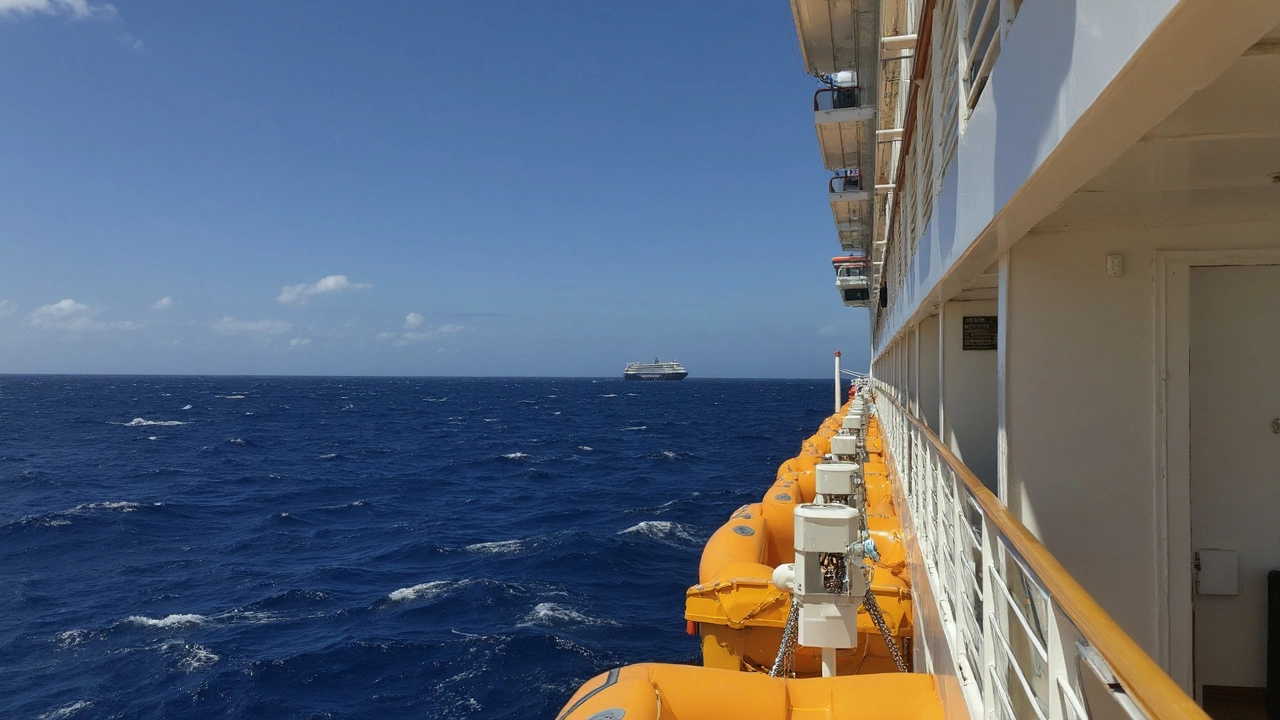

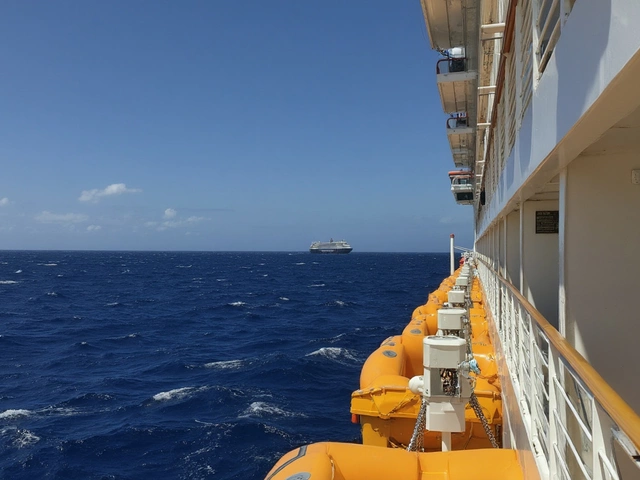
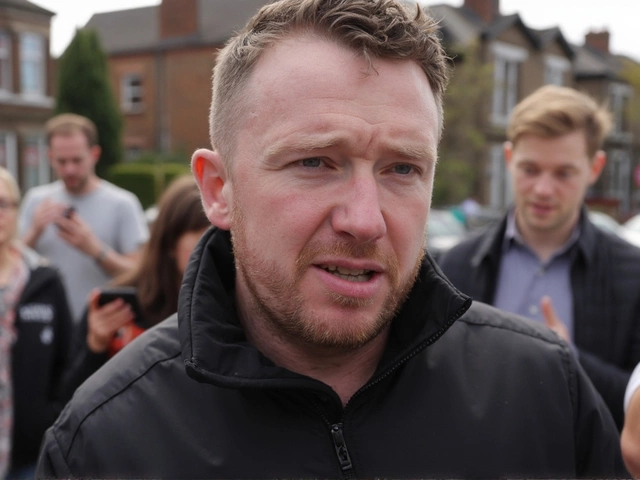
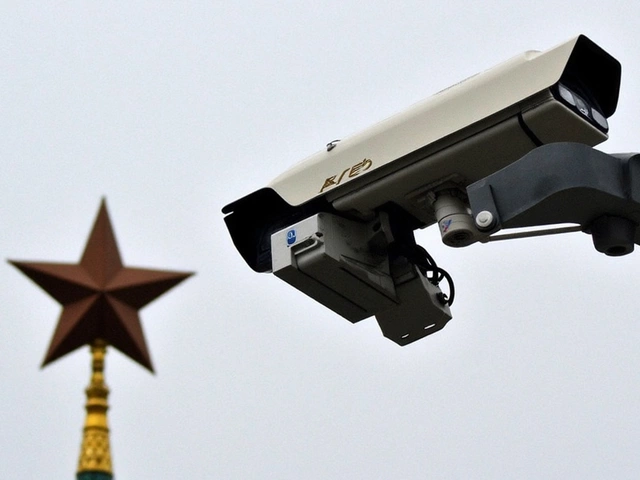
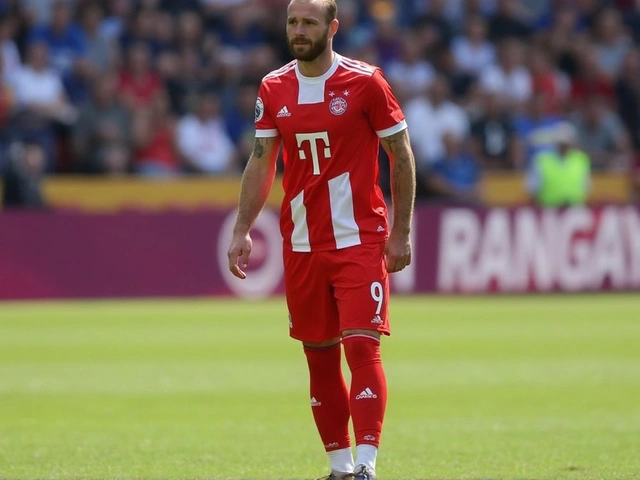
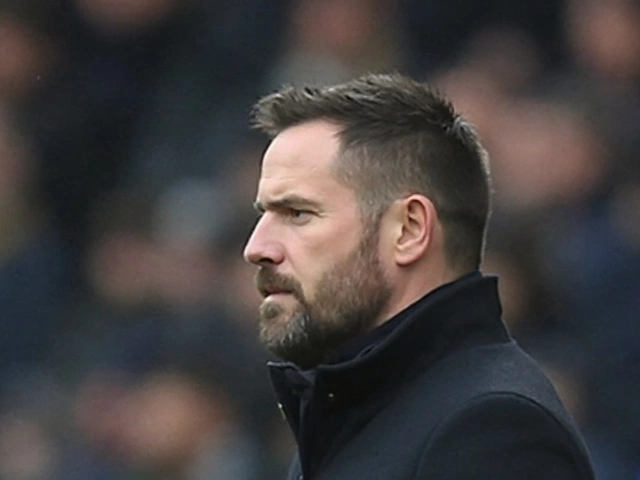
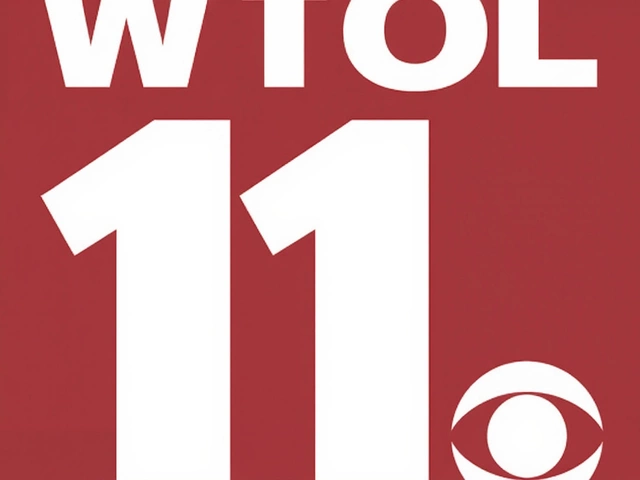
Write a comment